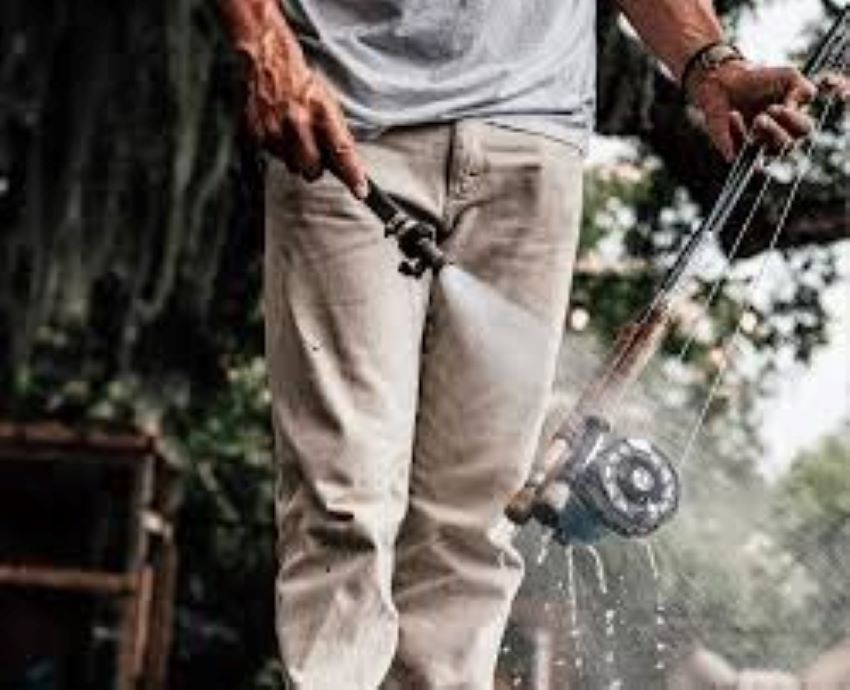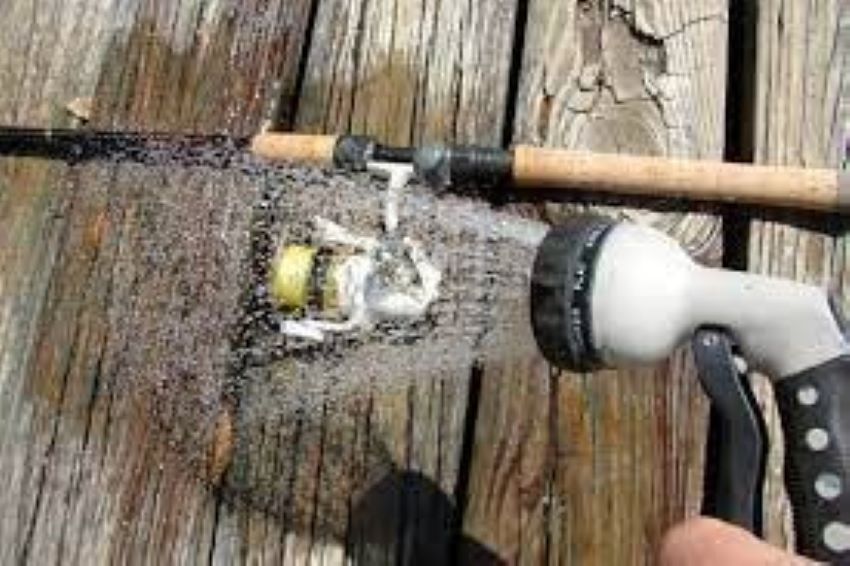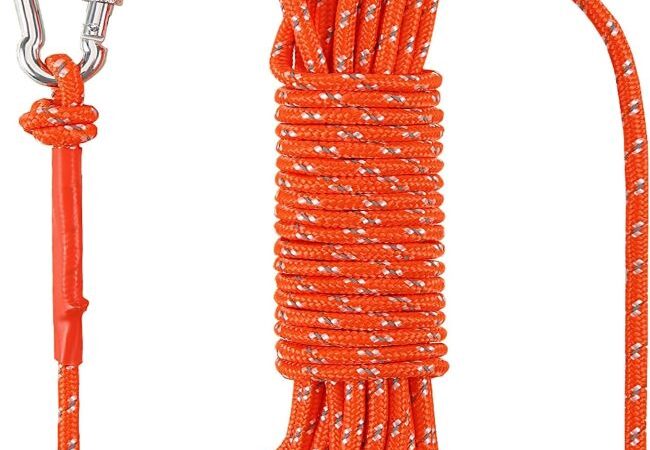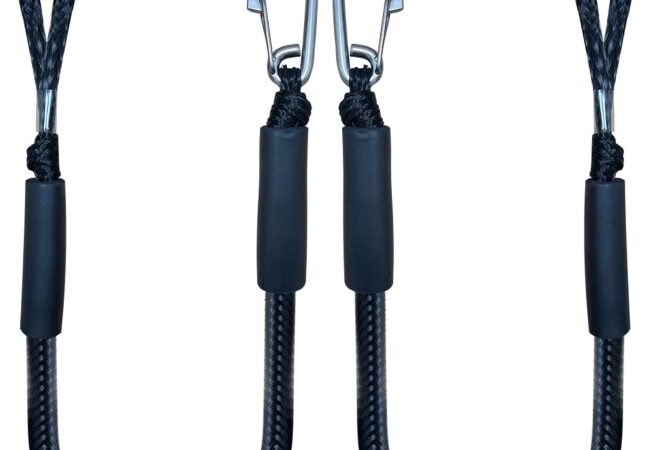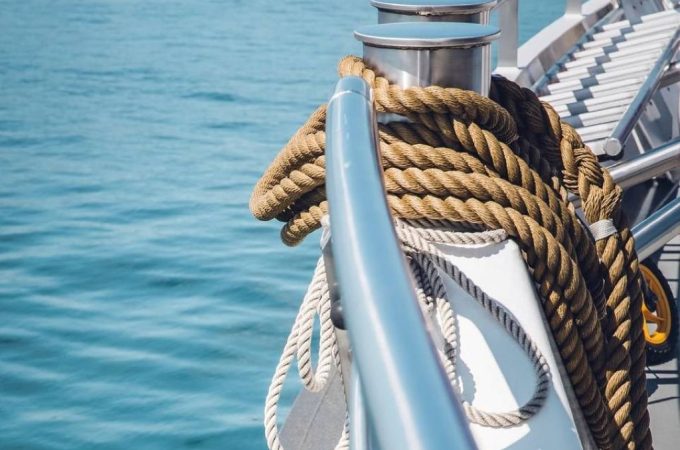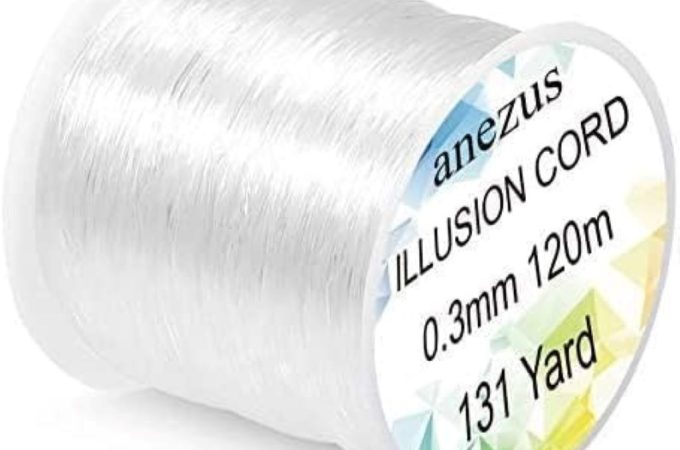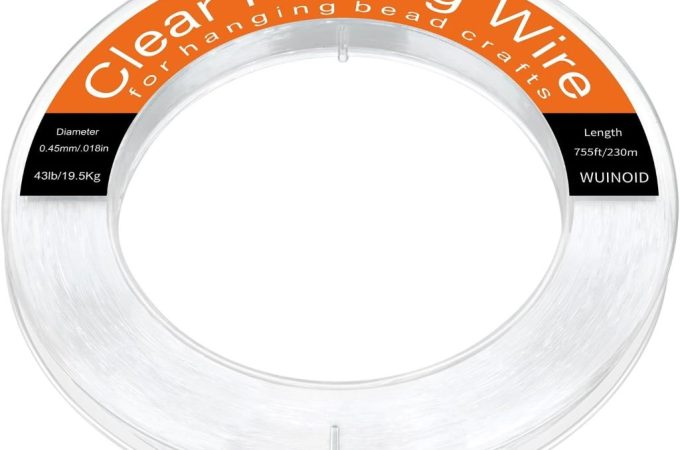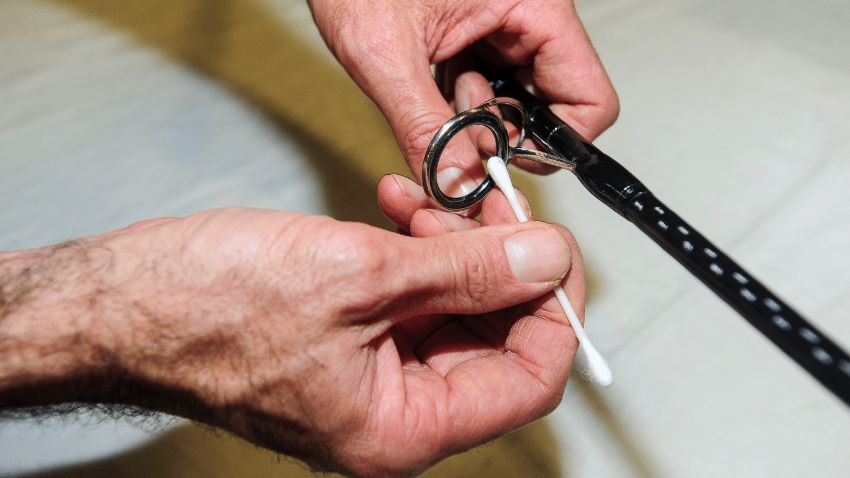
Fishing Ropes in Focus: How to Clean, Store, and Inspect Them
If you’ve ever lost a great catch due to a frayed or tangled rope, you already understand how crucial rope care is in fishing. Whether you’re a seasoned commercial fisherman or a weekend angler, your rope is more than just a tool—it’s your lifeline on the water. Taking proper care of your fishing ropes not only extends their life but also ensures safety, reliability, and peak performance when it matters most. Yet, many overlook this vital piece of gear until it’s too late.
Contents at a Glance
ToggleWhy Fishing Rope Maintenance Matters More Than You Think
According to a 2024 report by Fisheries Gear International, over 30% of gear failures in small-scale fishing operations are directly linked to poor rope maintenance. Ropes are subjected to intense wear from saltwater, UV exposure, tension, and abrasion. Without regular cleaning, storage, and inspection, even the most high-quality rope will deteriorate quickly.
Maintaining your ropes saves you money in the long run. A single premium rope can cost anywhere from $50 to $300, depending on size and material. Letting it rot due to poor storage is like throwing money into the sea.
Step-by-Step: How to Clean Fishing Ropes Properly
Cleaning fishing ropes is more than just a rinse. Saltwater leaves residue that attracts dirt and promotes fiber breakdown. Oil, fish slime, and algae buildup can also affect rope performance.
Here’s how to clean your fishing rope the right way:
- Rinse with Fresh Water Immediately After Use: Don’t wait until you get home. Rinse on-site to prevent salt crystallization.
- Soak in Mild Soapy Water: Use biodegradable detergent and warm (not hot) water. Let it soak for 15–30 minutes.
- Scrub Lightly with a Soft-Bristle Brush: Focus on heavily soiled areas. Avoid wire brushes which can damage synthetic fibers.
- Rinse Thoroughly: Soap residue can weaken the rope if left behind.
- Air Dry in Shade: Sunlight can degrade the material. Hang loosely in a well-ventilated area.
According to the American Rope Access Association (ARAA), synthetic ropes like polypropylene and nylon can lose up to 20% of their strength when not properly cleaned and dried. Clean ropes also offer better grip, flexibility, and knot stability.
Storing Fishing Ropes to Extend Their Lifespan
Storage plays a silent but powerful role in rope durability. The worst enemy of fishing ropes? Poorly ventilated, damp storage conditions. Mold, mildew, and UV rays silently degrade even the toughest marine ropes.
Best Practices for Rope Storage:
- Avoid Direct Sunlight: UV rays degrade rope fibers, especially nylon and polypropylene. Store ropes in a shaded, dry area.
- Use Rope Bags or Spools: Prevent tangling and kinks by winding ropes on a spool or inside ventilated rope bags.
- Keep Off the Ground: Moisture wicks into ropes from boat decks or garage floors. Use hooks, hangers, or shelves.
- Don’t Store While Wet: Always dry ropes completely before storing to prevent mildew and fiber weakening.
Experts from West Marine suggest that ropes stored in dry, shaded areas can maintain 95% of their strength after five years. In contrast, poorly stored ropes may need replacing in as little as 12 months.
Inspecting Your Fishing Ropes: A Safety Ritual You Can’t Skip
Inspection isn’t just a pre-trip chore—it’s a critical safety step. Worn, frayed, or rotted ropes are a major hazard, especially during offshore fishing or when towing gear.
What to Look For During Rope Inspections:
- Fraying and Abrasion: Check for exposed inner fibers and rough patches.
- Discoloration: Yellowing or dark patches may indicate UV or chemical damage.
- Stiffness or Brittleness: Signals internal damage or fiber degradation.
- Knots and Kinks: These weaken the rope and should be removed or replaced.
- Chemical Smells: Indicate contamination from oils or fuel.
Perform rope inspections before and after every trip. Keep a log for commercial operations. This step is especially crucial if you’re using high-strength Dyneema® or Spectra® ropes, as their damage isn’t always visible.
Materials Matter: Understanding Rope Types and Their Care Needs
Different materials demand different care strategies. For example, polypropylene floats but is highly susceptible to UV and heat damage. Nylon absorbs water and stretches under load but has excellent shock absorption. Polyester is UV-resistant and great for marine use.
Here’s a quick breakdown:
- Polypropylene: Clean often, store dry, avoid the sun.
- Nylon: Inspect for swelling, clean gently.
- Polyester: Less frequent cleaning, durable in the sun.
Each rope type behaves differently under stress and environmental exposure, so tailor your maintenance accordingly.
Featured Snippet – Quick Q&A
What’s the best way to clean, store, and inspect fishing ropes?
Clean ropes after every use by rinsing with freshwater and soaking in mild soapy water. Scrub with a soft-bristle brush and air-dry in the shade. Store ropes in cool, dry, and UV-protected spaces using spools or bags. Inspect ropes before every trip for fraying, discoloration, brittleness, and chemical damage. Tailor maintenance based on rope material—polypropylene needs UV protection, while nylon needs moisture control. Proper care ensures safety and can double the rope’s lifespan.
7 Most-Asked FAQs About Fishing Rope Maintenance
- How often should I replace my fishing rope?
Replace every 1–3 years depending on usage, material, and care. Inspect often for signs of wear. - Can I wash my fishing rope in a washing machine?
No. Machines can damage fibers and weaken the rope. Hand-wash with mild soap and water instead. - What happens if I store wet ropes?
Wet storage promotes mildew, weakens fibers, and may lead to irreversible damage. - Do UV rays really damage ropes that quickly?
Yes. UV rays can degrade polypropylene ropes by 40% in just one year if exposed regularly. - How do I untangle a heavily knotted rope?
Lay it out flat, identify central knots, and work slowly with patience. Apply light oil if necessary. - Is there a difference between climbing ropes and fishing ropes?
Yes. Climbing ropes prioritize elasticity and safety load ratings. Fishing ropes focus on abrasion resistance and water buoyancy. - Can I repair a damaged rope?
Minor frays can be trimmed or taped, but deep cuts, chemical damage, or severe stiffness mean full replacement is safer.
Final Thought
Don’t let a neglected rope sink your next fishing trip. Fishing ropes are the unsung heroes of every cast, tow, and haul. They face tough environments daily, and a few extra minutes of maintenance can save hundreds of dollars and hours of frustration. From cleaning and drying to smart storage and thorough inspections, each step builds toward better performance and safety on the water. Related Topics: Fishing Rope Maintenance: Tips for Long-Lasting Performance
Take action now: Go check your rope. Clean it, inspect it, and store it properly. Your future self—and your next big catch—will thank you.
Featured Image Source

